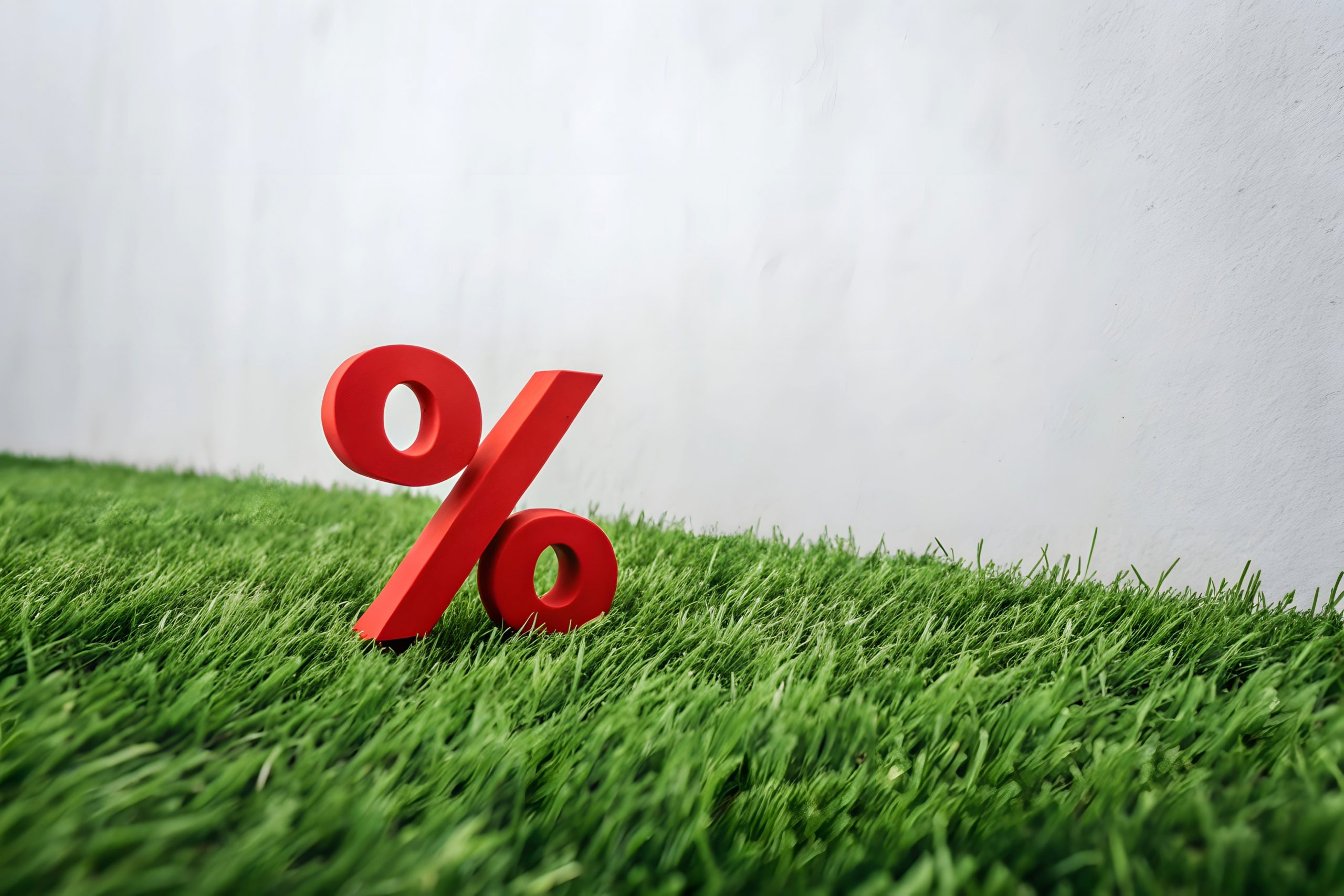China Aims to Boost Consumption With Loan Subsidies
By Qing Na


China has launched two new stimulus measures to subsidize interest payments on loans to consumers and service providers, as the country steps up efforts to boost domestic consumption.
The subsidy for eligible consumer loans will run from Sept. 1, 2025, to Aug. 31, 2026, under which the government will subsidize 1 percentage point of the interest, according to one of the two documents released Tuesday by government agencies including the Ministry of Finance and the People’s Bank of China (PBOC). The subsidy will be capped at 50% of the loan’s contractual interest rate.
The subsidy will apply only to the portion of the loan confirmed to be used for actual consumption, which lenders must be able to verify. The subsidy does not cover credit card debt.
Meanwhile, a 1-percentage-point subsidy will be available for businesses in eight service sectors: hospitality, health care, elder care, child care, domestic services, culture and entertainment, tourism, and sports, according to the other document.
The policy covers loans of up to 1 million yuan ($139,000) per business, with the subsidy applicable for a term of no more than one year.
Banks have been preparing for the rollout of both subsidy policies since the State Council unveiled the plan in late July.
The interest subsidies act on both the demand and supply sides, Wang Bo, an official at the Ministry of Commerce, said during a Wednesday press briefing.
These coordinating efforts to enhance consumption capacity and expand effective supply will help boost consumption, especially of services, Wang said.
Boosting domestic consumption has been the government’s top economic priority this year, and some researchers suggest that greater attention should be given to household consumption in the services sector.
“In many households, spending on services such as domestic helpers, fitness, tourism, beauty, education and health care has already surpassed spending on goods, indicating significant growth potential for service consumption in China,” Wang said.
He pointed out that services such as health care, elder care and child care have already become essential for many households. Meanwhile, the public is placing greater emphasis on personalized, diversified and high-quality service experiences, exemplified by culture, entertainment, tourism and sports.
But Wang also acknowledged that the main problem in the services sector is an insufficient supply of high-quality services, which the interest subsidy program aims to address.
The PBOC will guide more financing to service providers to expand the supply of high-quality services in several areas, according to Che Shiyi, an official in the central bank’s credit policy department. That includes guiding banks to increase credit supply to the services sector and make full use of the subsidy program, he said at the press briefing.
On the demand side, the PBOC will direct financial institutions to provide personalized services and enhance the appeal of consumer finance products, Che said. Efforts should also be made to improve the pricing mechanisms for consumer loans, setting interest rates based on customer needs and risk profiles, he said.
Contact reporter Qing Na (qingna@caixin.com) and editor Jonathan Breen (jonathanbreen@caixin.com)
caixinglobal.com is the English-language online news portal of Chinese financial and business news media group Caixin. Global Neighbours is authorized to reprint this article.
Image: Samoresh – stock.adobe.com
